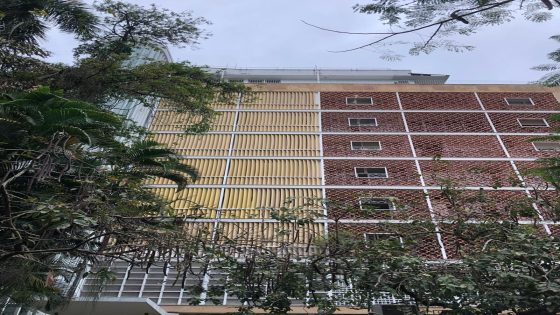In Rio de Janeiro, temperatures have soared above 40 degrees Celsius, prompting experts to propose solutions for construction and urban spaces to combat extreme heat. What strategies can help enhance thermal comfort in this sweltering climate? On February 19, 2025, specialists discussed innovative techniques to make buildings and public areas cooler and more livable.
- Urban heat solutions include green roofs and walls.
- Cross ventilation is crucial for thermal comfort.
- Use lighter materials to reduce heat absorption.
- Public spaces need more vegetation and shade.
- Innovative cooling methods can replace traditional AC.
- Local species should be used for urban greening.
Innovative Solutions for Urban Heat in Rio de Janeiro and Beyond
How can cities like Rio tackle the challenges of extreme heat? By implementing innovative construction techniques and enhancing public spaces, urban planners can create cooler environments. With rising temperatures becoming a global concern, these strategies may hold the key to more sustainable living.
Effective Construction Techniques to Combat Extreme Heat
Experts suggest several effective construction techniques to mitigate heat in urban areas. These include:
- Green roofs and walls to improve insulation and reduce heat absorption.
- Light-colored paints to reflect sunlight and minimize heat retention.
- Cross ventilation designs that allow for natural airflow, enhancing indoor comfort.
- Use of traditional materials like brise and cobogó for shading and cooling.
Understanding the Importance of Urban Green Spaces
Urban green spaces play a crucial role in cooling cities. By planting more trees and creating parks, cities can significantly lower temperatures. These areas not only provide shade but also improve air quality and enhance residents’ well-being. How can cities prioritize green spaces in their planning?
Adopting Sustainable Materials for Better Thermal Comfort
Choosing the right materials is essential for thermal comfort. Experts recommend avoiding metal in construction, as it absorbs heat. Instead, lightweight and natural materials like wood and innovative bioconcrete can help maintain cooler indoor temperatures. Are we ready to embrace these sustainable options?































